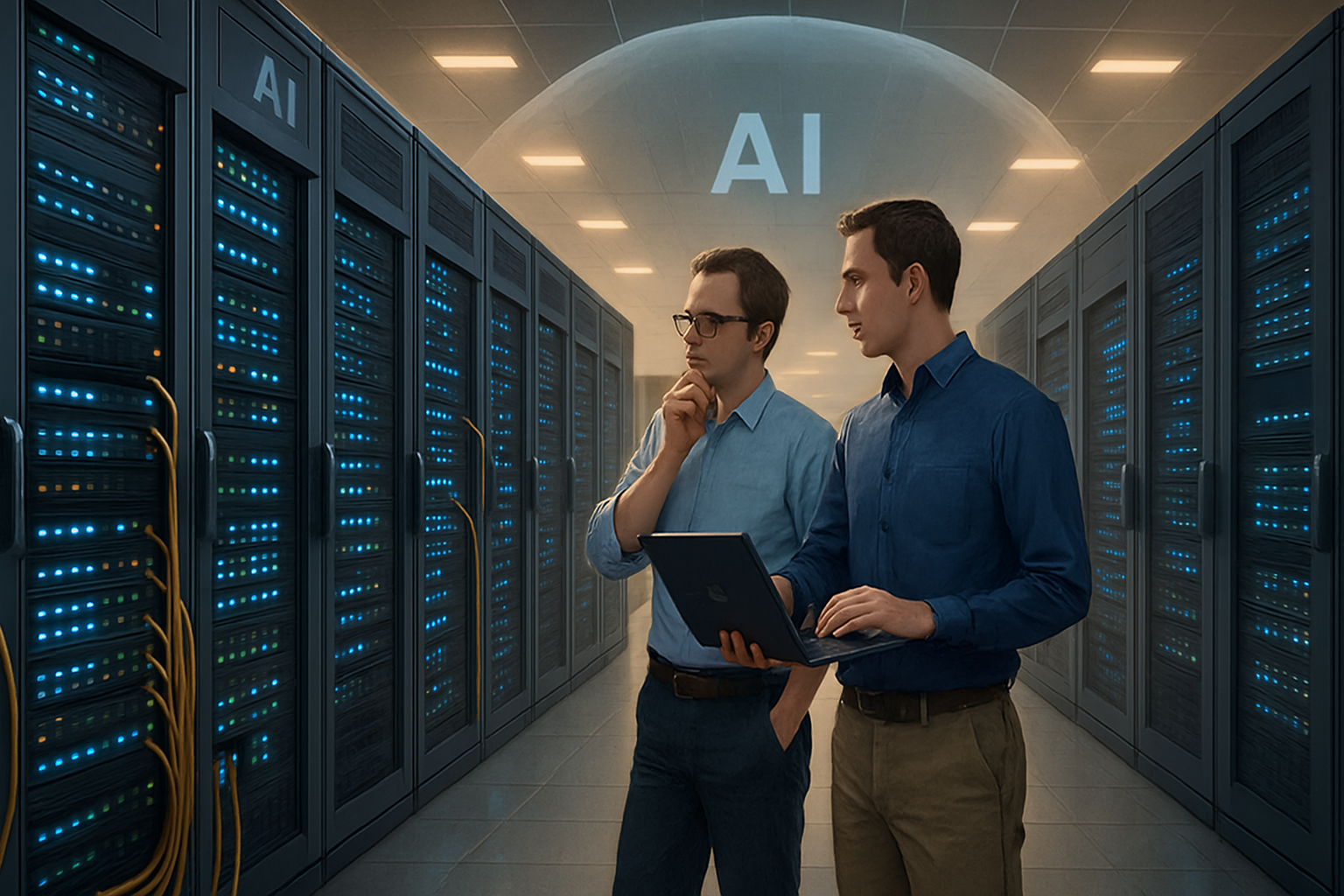Jeff Bezos just made the case for bubbles. Not all of them, mind you—just the useful ones.
And I gotta say, it's a surprisingly compelling argument.
Speaking at a tech conference in Turin, the Amazon founder laid out a distinction that economic historians have long recognized but rarely filters into mainstream conversations: the difference between purely financial bubbles (bad news all around) and industrial bubbles (potentially valuable in the long run).
The current AI investment mania? Bezos places it firmly in the latter category.
"This is kind of an industrial bubble as opposed to financial bubbles," he said, drawing parallels to the late-90s dotcom explosion that—despite its spectacular implosion—left behind a treasure trove of fiber-optic infrastructure that still powers our digital lives today.
Look, it's a framework worth some serious consideration. What makes a bubble "good" in Bezos's telling isn't whether investors avoid losses (spoiler alert: they won't), but whether all that frenzied capital deployment creates something of lasting societal value after the inevitable crash.
Bubbles: The Good, Bad, and Ugly
Financial bubbles—think 2008's housing disaster—essentially shuffle paper assets around, creating phantom wealth that vanishes when reality comes knocking. Their aftermath? Foreclosures, bankruptcies, and societal trauma that lingers for years.
Industrial bubbles, however? Different beast entirely.
They fund actual infrastructure, research, and innovations that stick around long after their investors have licked their wounds and moved on. The British railway stock collapse of the 1840s left behind... well, railways. The dotcom implosion of 2000 didn't erase those miles of buried fiber-optic cables.
Bezos should know something about navigating bubble territories. Amazon's stock cratered nearly 90% when dotcom dreams went bust. But unlike Pets.com (remember that sock puppet?) and countless other digital casualties, Amazon had something real underneath the hype. The company survived to become one of history's most valuable enterprises, while its contemporaries vanished into the digital ether.
Silicon Valley's Convenient Narrative
There's something undeniably self-serving about how tech luminaries frame the dotcom bust. The valley has collectively decided it was actually beneficial—it "cleared out the tourists" and left behind valuable digital plumbing. This narrative conveniently glosses over destroyed capital and thousands of derailed careers.
But that doesn't make Bezos wrong, either.
That dotcom frenzy funded massive overbuilding of internet infrastructure that, at a more rational pace, might have taken decades to develop. Today's tech titans essentially built their empires atop this discounted foundation.
Is AI following the same script? We're certainly seeing all the classic bubble warning signs: wild speculation, companies slapping "AI" onto their names for stock boosts, startups hitting billion-dollar valuations with barely a whisper of revenue, and investment flooding in faster than anyone could possibly deploy it intelligently.
The Hardware Behind the Hype
The "industrial" component of today's AI bubble is most visible in the semiconductor and data center explosion. Nvidia has transformed into one of the planet's most valuable companies by selling the digital equivalent of picks and shovels for this AI gold rush. Meanwhile, Microsoft, Google, Amazon and others are dumping tens of billions into massive data centers packed with specialized chips to train and run AI models.
Unlike pure financial engineering, these investments create tangible assets—computational infrastructure that will remain useful even if many of the flashy AI startups built on top of them crash and burn. Just as with those fiber-optic cables from the dotcom era, someone will eventually find productive uses for all this computing power, even if the original investors don't see a penny of profit.
I've toured some of these new AI data centers, and the scale is genuinely staggering—they're the digital equivalent of the transcontinental railroad, being built at breakneck speed.
The Dark Side of Bubble Logic
One danger in Bezos's framing is pure survivorship bias. We celebrate Amazon's phoenix-like rise from the dotcom ashes without dwelling much on the thousands of companies that simply... disappeared. Similarly, we might someday look back at this AI boom and recall only the successes, conveniently forgetting spectacular failures and vaporized capital.
There's also something morally uncomfortable about accepting mass investor losses as merely the cost of technological progress. "Good for society" doesn't necessarily mean "good for your retirement account." The beneficiaries of bubbles rarely include the people who funded them.
(Having covered financial markets for years, I've seen firsthand how this disconnect plays out. The infrastructure remains while individual investors' dreams don't.)
But Bezos's framework does provide a useful lens: distinguishing between speculative frenzies that merely redistribute wealth versus those that—despite their inefficiencies—accelerate technological progress and infrastructure development.
The Morning After
As we watch AI valuations climb to heights that defy gravity and logic, it's worth considering that even if this is indeed a bubble—and holy cow, does it look like one—it might be the productive kind. The infrastructure being built, research being conducted, and talent being developed won't simply vanish when stock prices inevitably correct.
That's cold comfort, perhaps, for investors buying in at the peak, but potentially significant for the rest of us who'll inherit whatever remains after the bubble pops.
As bubbles go... well, you could do worse.
Just maybe don't bring this up at your next family dinner with anyone who lost their savings in 2000. Some wounds never fully heal, no matter how much fiber-optic cable got laid in the process.
